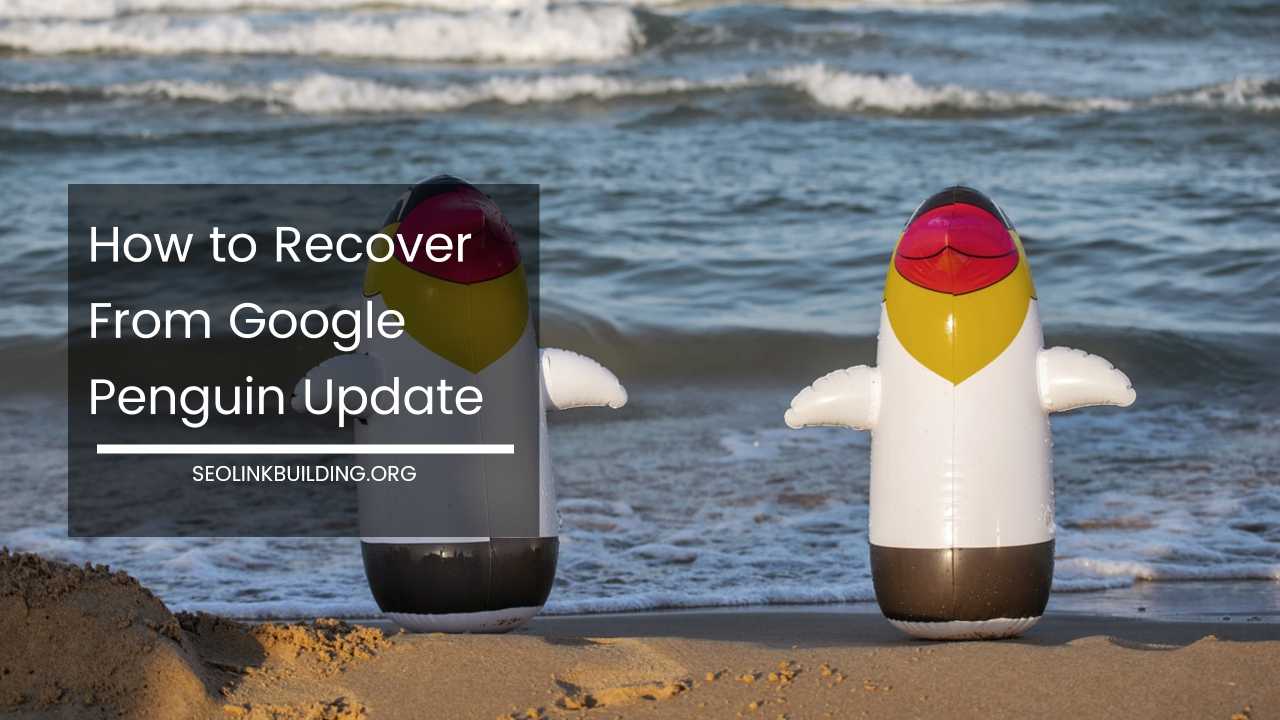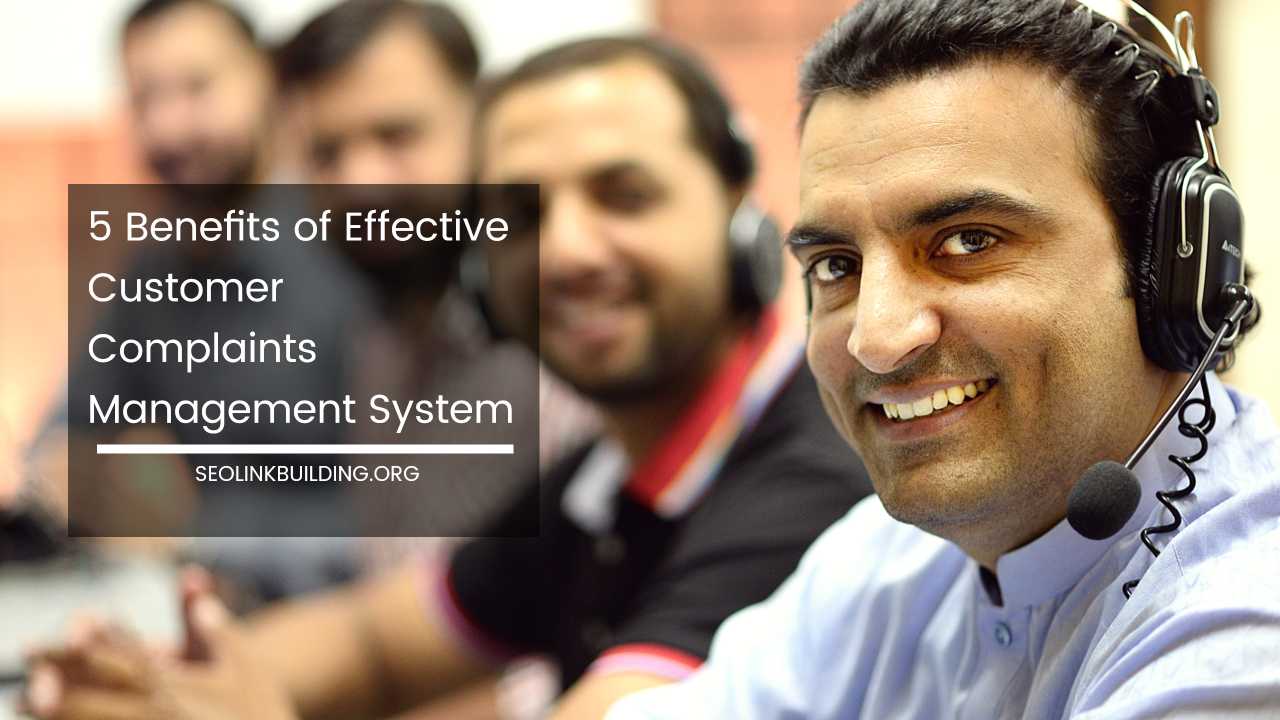How to Recover From Google Penguin Update

Recovering from a Low-Quality Backlink Penalty: A Comprehensive Guide
While the Google Penguin update of 2016 became seamlessly integrated into the core algorithm, the fight against unnatural backlinks remains a cornerstone of Search Engine Optimization (SEO) best practices.
This guide delves into the process of recovering from a low-quality backlink penalty, equipping website owners with the knowledge and strategies necessary to regain search engine visibility.
The Enduring Significance of Backlinks
Backlinks, also known as inbound links, are hyperlinks from other websites that point to yours. These links function as endorsements, influencing a website’s authority and credibility in the eyes of search engines.
A strong backlink profile, characterized by natural and high-quality links from relevant sources, significantly contributes to improved search engine ranking.
However, Google prioritizes organic link acquisition, and websites exhibiting manipulative or unnatural backlink patterns risk incurring penalties that can severely impact organic traffic and search visibility.
Understanding Backlink Penalties
There are two primary ways a low-quality backlink profile can negatively affect your website:
- Algorithmic Penalty: This is the more common scenario where Google’s automated systems detect unnatural backlink patterns and automatically lower your website’s ranking.
- Manual Penalty: In severe cases, Google might issue a manual penalty notification through Google Search Console (GSC), outlining the specific issues and providing steps for rectification.
Symptoms of a Backlink Penalty
A sudden and significant drop in organic traffic and search engine ranking is the most prominent symptom of a backlink penalty. However, other red flags can also be present:
- Manual Penalty Notification: Regularly check your GSC for any messages from Google regarding a manual penalty.
- Increased Crawl Errors: A spike in crawl errors within GSC could signify difficulty for Google’s crawlers to process your backlinks due to their low quality.
- Branded Keyword Ranking Decline: A significant decrease in ranking for branded keywords (keywords that include your business name) can indicate a broader issue with your website’s trust and authority.
The Path to Recovery: A Step-by-Step Guide
Regaining Google’s trust and recovering from a backlink penalty requires a strategic and patient approach. Here’s a breakdown of the essential steps with additional insights and considerations for a professional approach:
1. Link Audit: Unveiling the Problematic Backlinks
The first step towards recovery is a comprehensive link audit to identify low-quality backlinks. This process involves:
-
Selecting the Right Tools:
- Google Search Console (Free): GSC provides a list of backlinks indexed by Google. While not exhaustive, it’s a valuable starting point.
- Premium Backlink Analysis Tools (Paid): Consider Ahrefs, SEMrush, or Moz Open Site Explorer. These tools offer advanced features like backlink quality scoring, anchor text analysis, and competitor backlink research.
-
Prioritizing Backlinks for Removal or Disavowal: After acquiring a comprehensive list of backlinks, analyze each one to determine the most effective course of action: removal or disavowal.
- Removal: If you have control over the link (e.g., a guest post you authored), contact the webmaster and politely request its removal. Explain why the link is detrimental to your website.
- Disavowal: Use Google’s Disavow Links tool to instruct Google to disregard specific links. This is recommended for links you cannot get removed. Disavowing good links can hurt your SEO, so prioritize accuracy.
Prioritization for Backlink Removal:
- Links from Obvious Spam Websites: These websites typically exhibit characteristics like irrelevant content, excessive advertising, and automated link generation.
- Links with Overly-Optimized Anchor Text: Anchor text is the clickable text of the hyperlink. Repeated use of exact-match keywords (e.g., “best SEO services”) within anchor text is a red flag for Google.
- Links from Websites Irrelevant to Your Niche: Backlinks from websites in completely different industries are unlikely to be natural and can be flagged as manipulative.
Disavow Links You Cannot Remove:
- Focus on Link Farms and Paid Link Schemes: These are networks of websites designed solely for link exchange or selling backlinks. Google heavily penalizes such practices.
- Disavow Links with Unnatural Anchor Text Patterns: Analyze the distribution of anchor text across your backlinks. A sudden surge in exact-match keywords or irrelevant phrases is a sign of manipulation.
2. Creating a Disavow File: A Crucial Step
A disavow file is a text file formatted according to Google’s specifications that tells the search engine to disregard specific links when evaluating your website. Here are some key points to remember when creating a disavow file:
- Accuracy is Paramount: Double-check every URL you include in the disavow file. Disavowing good links can negatively impact your SEO efforts.
- Follow Google’s Guidelines: Ensure the file format adheres to Google’s instructions. Search for “disavow links file format” for the latest specifications.
- Seek Professional Help (Optional): Consider consulting an SEO professional to ensure the accuracy and effectiveness of your disavow file, especially if dealing with a complex backlink profile.
3. Submitting Your Disavow File and Monitoring Progress
Once your disavow file is complete, submit it through Google Search Console. Disavowal is not an instant process. It can take weeks or even months for Google to fully process your request and adjust your website’s ranking accordingly. Here’s how to maintain a proactive approach during this time:
- Monitor Backlinks Regularly: Regularly analyze your backlink profile using the tools mentioned earlier. Identify any new low-quality links and update your disavow file accordingly.
- Stay Updated on Google Algorithm Changes: Google’s algorithm is constantly evolving. Keep yourself informed about the latest SEO best practices to ensure your link-building strategies remain compliant.
4. Building a Strong Backlink Profile: The Long-Term Strategy
While removing bad links is crucial for recovery, a holistic approach requires building a strong and natural backlink profile. Here are some effective strategies to attract high-quality backlinks:
- Create High-Value Content: Develop informative, engaging, and well-researched content that establishes your website as a valuable resource within your niche. High-quality content naturally attracts backlinks from other websites seeking to provide further information or insights on a topic.
- Guest Blogging: Contribute guest posts to reputable websites in your industry. This strategy allows you to reach a wider audience and potentially earn valuable backlinks to your website. Ensure the websites you target are relevant to your niche and maintain good authority.
- Broken Link Building: Identify broken links on relevant websites within your niche. Reach out to the webmaster and suggest your content as a replacement, providing a valuable and updated resource for their audience.
- Online PR and Blogger Outreach: Build relationships with journalists and bloggers in your industry. Offer valuable insights or data for their articles, potentially leading to backlinks and increased brand awareness.
5. Patience and Persistence: Keys to Success
Recovering from a backlink penalty is a marathon, not a sprint. Be patient and persistent throughout the process. Here are some additional tips to keep in mind:
- Maintain Transparency: If you receive a manual penalty from Google, address the issues promptly and transparently. Submit a reconsideration request through GSC outlining the steps you’ve taken to rectify the situation.
- Focus on White Hat SEO: Avoid any black-hat SEO tactics that could further penalize your website. Black-hat SEO refers to manipulative and unethical practices aimed at artificially boosting search engine ranking.
- Seek Professional Help: If you’re unsure about any step of the process or managing a complex backlink profile, consider consulting a qualified SEO professional. Their expertise can significantly expedite your recovery efforts.
Final Thoughts
A low-quality backlink profile can have a detrimental impact on your website’s search engine visibility. However, by following the steps outlined in this comprehensive guide, you can effectively recover from a backlink penalty and rebuild a strong foundation for long-term SEO success.
Remember, the cornerstone of successful backlink acquisition lies in creating valuable content and building













